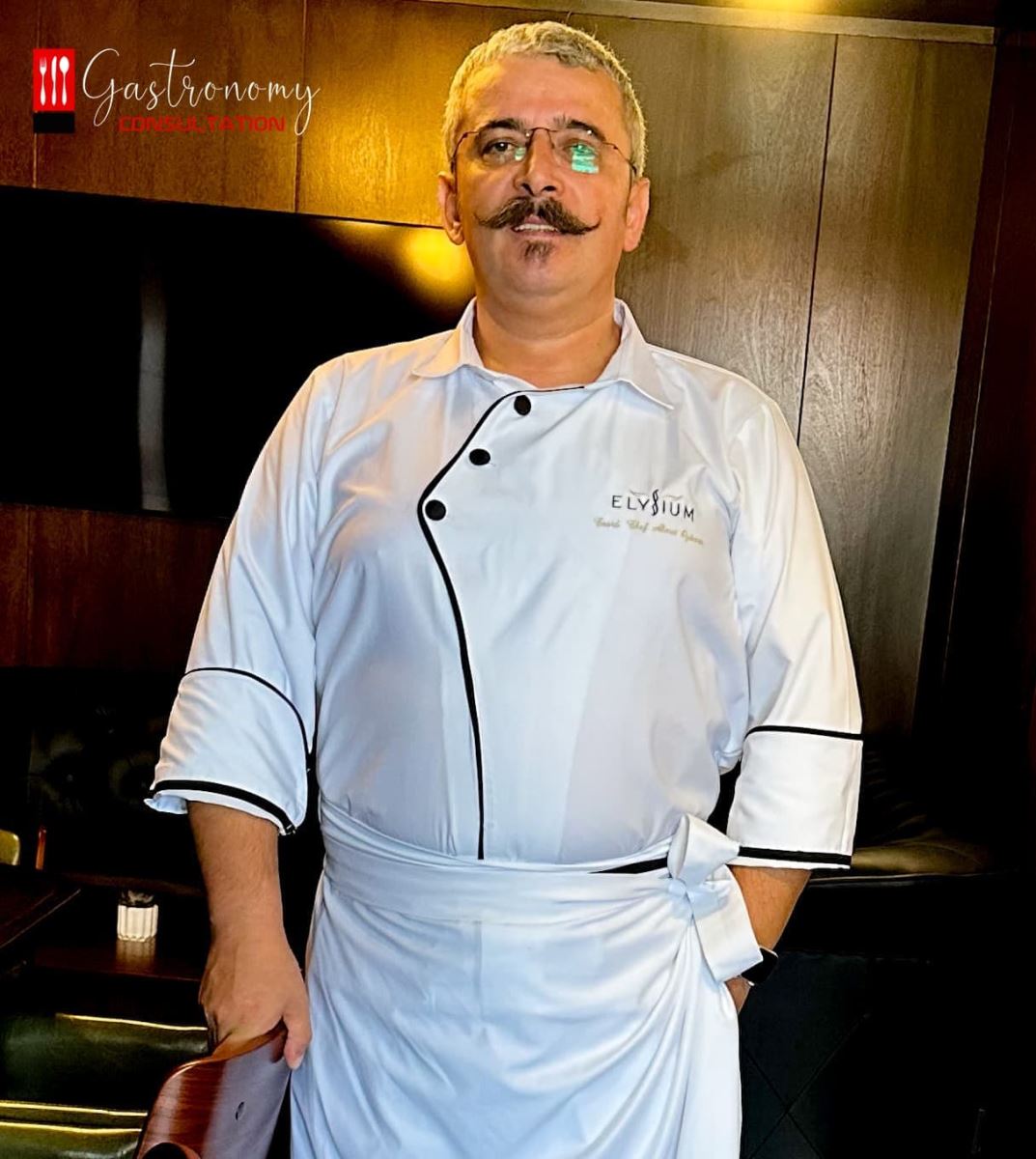The Ottoman Empire, which lasted from 1299 to 1922, was one of the world's most powerful and enduring empires. Over its more than 600-year history, it encompassed vast territories in Europe, Asia, and Africa, absorbing and influencing numerous cultures and civilizations. As such, Ottoman culture..
 What is Ottoman Culture
What is Ottoman Culture
Coord. Chef Ahmet ÖZDEMİR
The Ottoman Empire, which lasted from 1299 to 1922, was one of the world's most powerful and enduring empires. Over its more than 600-year history, it encompassed vast territories in Europe, Asia, and Africa, absorbing and influencing numerous cultures and civilizations. As such,
Ottoman culture is a synthesis of Turkic, Persian, Islamic, Byzantine, Arab, and later European elements. Here's an overview of Ottoman culture:
Architecture:
Ottoman architecture, primarily seen in mosques, palaces, bridges, and public buildings, is a blend of Islamic and Byzantine styles. The Hagia Sophia's conversion into a mosque and the construction of the Blue Mosque are prime examples. Architect Mimar Sinan was a mastermind behind many architectural marvels during the Empire's height.
Art:
Miniature painting, calligraphy, and illuminated manuscripts flourished. Artists often created detailed illustrations for historical and poetic books. The "tezhip" art form, which involved illuminating manuscripts using gold and colors, was especially revered.
Music:
Ottoman classical music is a rich amalgamation of Central Asian, Persian, Arab, Byzantine, and Roma traditions. "Mevlevi ayins", religious compositions associated with the Whirling Dervishes, are particularly notable.
Literature:
Poetry was highly valued, especially the "ghazal" (love poem) and the "divan" (a collection of poems). Some of the most celebrated poets include Baki, Fuzuli, and Nedim.
Cuisine:
As mentioned in the earlier discussion about Ottoman Palace cuisine, the empire's vastness led to a diverse culinary culture, absorbing foods, techniques, and culinary traditions from many regions.
Clothing:
Ottoman clothing varied depending on rank, occupation, and region. The sultan and high-ranking officials wore elaborate robes and turbans. The "fez" or "tarboosh" became a ubiquitous symbol of Ottoman identity in the 19th century.
Language:
The official language was Ottoman Turkish, which incorporated a large amount of loanwords from Arabic and Persian. It was written in a version of the Arabic script until the early 20th century.
Religion:
While the empire was Islamic and the sultan was the caliph or religious leader of the Sunni Muslims, the Ottomans were generally tolerant of other religions. Christians and Jews, among others, were organized into millets or religious communities that were allowed a significant degree of autonomy.
Social Structure:
The empire had a hierarchical structure. The sultan was at the top, followed by viziers, provincial governors, and local officials. The Janissaries, elite infantry units, played significant roles in politics and society.
Education:
"Medreses" or Islamic theological schools were the primary centers of learning. Over time, the empire established military and medical academies and institutions to teach Western sciences.
Legal System:
The Ottoman legal system was based on both "kanun" (sultanic laws) and Islamic Sharia. "Qadis" or judges, interpreted and enforced the law.
Traditions and Rituals:
Ottoman traditions were a mix of pre-Islamic Turkic, Islamic, and local customs. Festivals, religious celebrations, and ceremonies often featured music, dance, and poetry.
The decline of the Ottoman Empire in the 19th and early 20th centuries, culminating in its disintegration after World War I, led to the establishment of modern Turkey. While the new republic underwent significant cultural, linguistic, and political reforms under Mustafa Kemal Atatürk, the legacy of the Ottoman era still profoundly influences Turkish identity and culture.
Coord. Chef Ahmet ÖZDEMİR
International And Intercontinental
Restaurant Consultant and Kitchen Consultant
World Ambassador of Ottoman and Turkish Cuisine